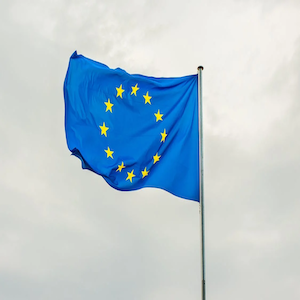Fish welfare during slaughter: the European Council Regulation 1099/09 application

Accepted: 26 January 2023
HTML: 8
All claims expressed in this article are solely those of the authors and do not necessarily represent those of their affiliated organizations, or those of the publisher, the editors and the reviewers. Any product that may be evaluated in this article or claim that may be made by its manufacturer is not guaranteed or endorsed by the publisher.
Authors
The Treaty of Lisbon states that animals are sentient beings. Fish species show physiological differences from terrestrial animals and are slaughtered and killed in a very different context. Many existing commercial killing methods expose fish to extensive suffering over a prolonged period of time, and some of the slaughtering practices they experience can cause pain and distress. This study highlights the limited feasibility of European Council Regulation 1099/09 requirements on welfare when killing cephalopods and crustaceans. Sentience is the animal's capacity to have positive (comfort, excitement) and negative (pain, anxiety, distress, or harm) feelings. Considerable evidence is now showing that the major commercial fish species, including cephalopods and crustaceans, possess complex neurological substrates supporting pain sensitivity and conscious experiences. In the legislation applied to scientific procedures, the concept of sentience in these species is important. Therefore, it would be appropriate to acknowledge current scientific evidence and establish reference criteria for fish welfare. For the welfare of fish species during slaughter, European Council Regulation 1099/09 applicability is limited. Fish welfare during slaughter is more than just an ethical problem. According to the One-Health approach, food safety should also include the concept of sentience for fish welfare. Pending studies that dispel all doubt, the precautionary principle of European Council Regulation 178/04 remains valid and should be applied to fish welfare.
How to Cite

This work is licensed under a Creative Commons Attribution-NonCommercial 4.0 International License.
PAGEPress has chosen to apply the Creative Commons Attribution NonCommercial 4.0 International License (CC BY-NC 4.0) to all manuscripts to be published.

 https://doi.org/10.4081/ijfs.2023.10926
https://doi.org/10.4081/ijfs.2023.10926



